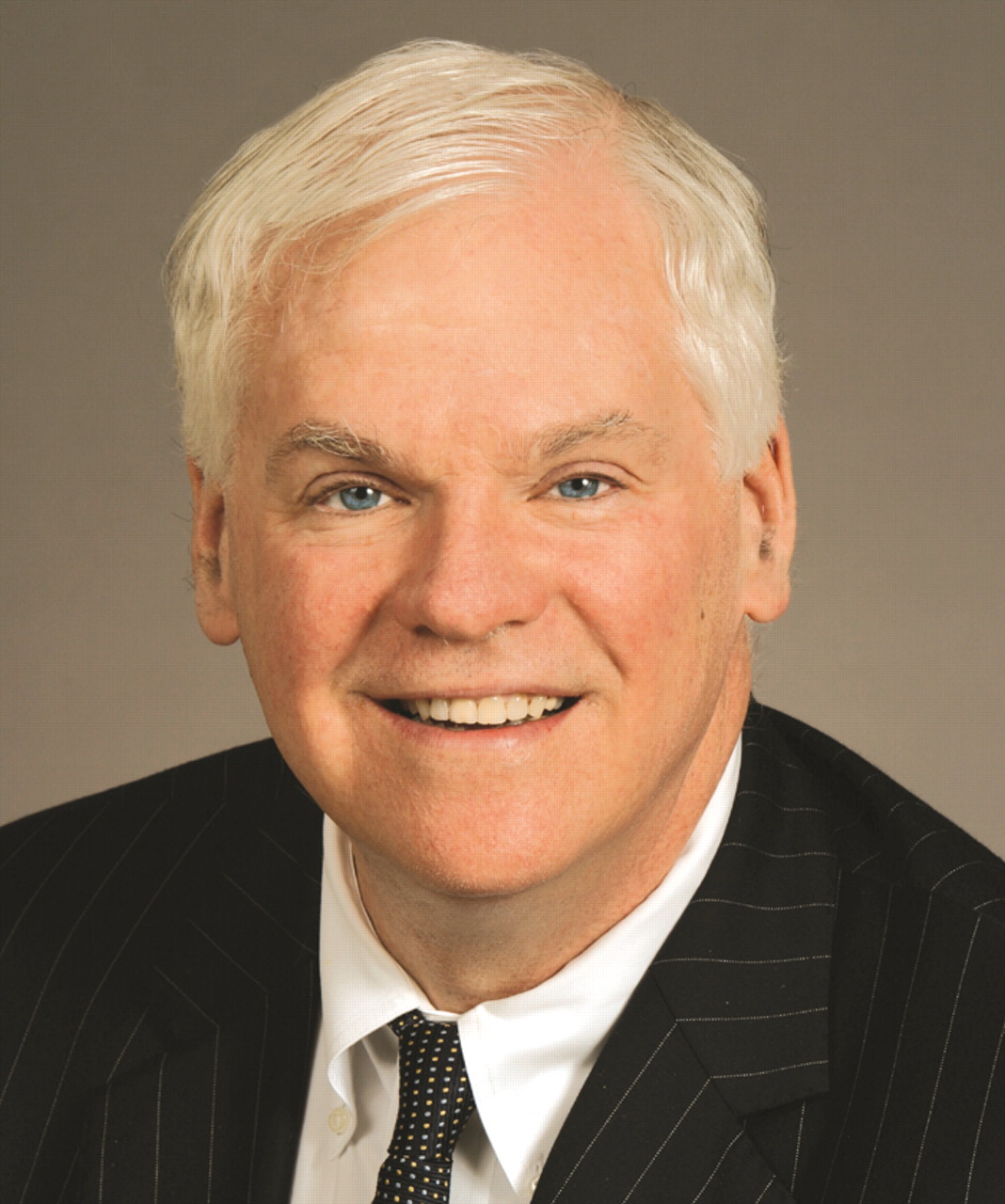Five entities make up the APA family, and the Finance Department provides financial management and accounting services for them all: the American Psychiatric Association (APA), American Psychiatric Publishing Inc. (APPI), American Psychiatric Foundation (APF), American Psychiatric Institute for Research and Education (APIRE), and the American Psychiatric Association Political Action Committee (APAPAC).
APA was incorporated in 2000 as a trade association—“a 501(c)(6) organization” in IRS jargon—and its activities are funded primarily through membership dues, annual meeting fees, and publication sales.
APPI was incorporated in December 1981 as a charitable organization—known as “a 501(c)(3)”—and it publishes articles, books, journals, and other materials concerning psychiatric illnesses, the practice of psychiatry, and related health issues.
APF, incorporated as a 501(c)(3) organization in 1991, supports APA in accomplishing its charitable, educational, and scientific purposes through fundraising activities and development of public and professional activities to advance education and research in psychiatry.
APIRE, incorporated as a 501(c)(3) in 1998, was created to fill a leadership role in contributing to the scientific basis of psychiatric practice and policy by strengthening the research infrastructure, enhancing and supporting psychiatric education, providing training and career-development opportunities for clinicians and researchers, and improving the quality of care by conducting and supporting clinical and health services research and education.
The fifth entity, APAPAC, was established in 2001 to raise donations and make contributions to candidates for federal elective office.
Each month I meet with the Financial Oversight Committee, chaired by Jack Bonner, M.D., which assists me in monitoring the financial activities of the organization. Jack also chairs the Finance and Budget Committee, which meets twice a year to provide strategic budget guidance and review the budget.
Carolyn Robinowitz, M.D., our treasurer, is very involved in these meetings. Her insight is particularly useful as she has the advantage of having worked as staff here at APA. Carolyn chairs the Audit Committee, which meets twice annually and works closely with our independent auditors to set an audit plan, review the audited results, and discuss recommended improvements.
The Investment Oversight Committee, chaired by Maria Lymberis, M.D., meets at least twice a year—more if market conditions warrant—to provide guidance to the Board of Trustees related to our investment portfolio.
The Contracts and Finance departments, under the leadership of CFO Terri Swetnam, support these committees as we work together to ensure the financial strength of APA.
I appreciate the guidance and insight these committees provide in leading our five entities, and the collaborative approach built up in recent years is paying off.
Like other organizations, the Association faces uncertain times. Revenue streams—from publications, dues, and the annual meeting, for example—are largely dependent on decisions and events outside the Association's direct control. The economic environment, aftereffects of 9/11, the investment market, and rising costs of benefits all contribute to the uncertainty and resulted in a period in which Association expenses exceeded revenues.
In 1999 the Association experienced a net deficit from operations. This deficit appeared minor because it was offset in part by the proceeds from the sale of land we owned in downtown Washington, D.C. In fact, the deficit from operations was close to $2 million.
In 2000 the Association's net deficit exceeded $3.5 million.
In 2001 APA reported a small surplus, fueled by $1 million in pledges for educational activities that were received in 2001, but would not be spent until 2002. Without those pledges, looking only at operations, the Association experienced a net deficit of approximately $750,000.
The sum of the operating deficits, almost $6 million in those three years alone, resulted in the spending down of the unrestricted reserve. However, as a result of strong financial controls and very close monitoring of the financial situation, in 2002 the Association experienced a surplus of $1.2 million.
In 2003 we again had a surplus—a much larger one this year—of $10.8 million. Of this amount, $3.5 million was investment income, with $6.3 million due to the net income from the spring annual meeting, a good year for publishing, and an increase in member dues receipts over budget.
At the time this was written, at the end of 2004, we are again projecting a surplus, driven by the annual meeting and advertising receipts. Member dues receipts and number of members continue to rise, especially in the category of members-in-training. As with the surplus in 2002, the Board has again decided to transfer the net surplus into the reserve to build a strong financial foundation for the future.
We approach 2005 with cautious optimism. The financial controls and practices reinforced by the hard work of the CFO's team, guidance from the oversight committees, and the diligence of all APA staff hold us in good stead as we face the future.

